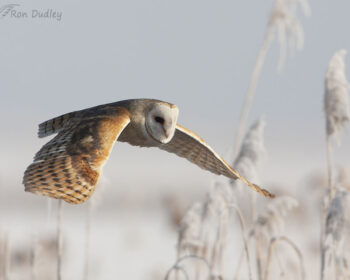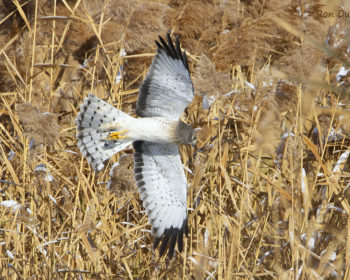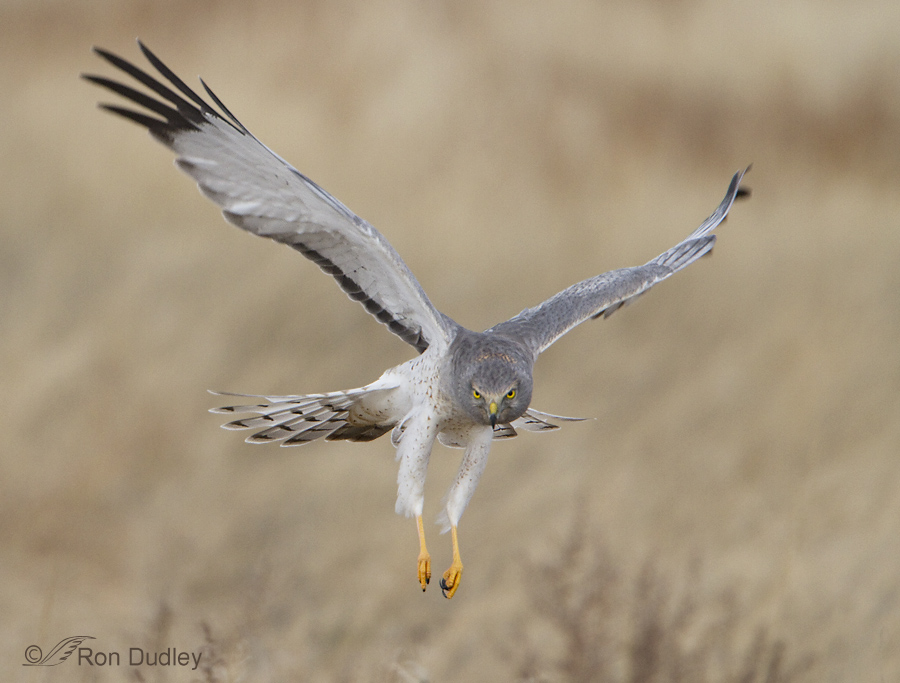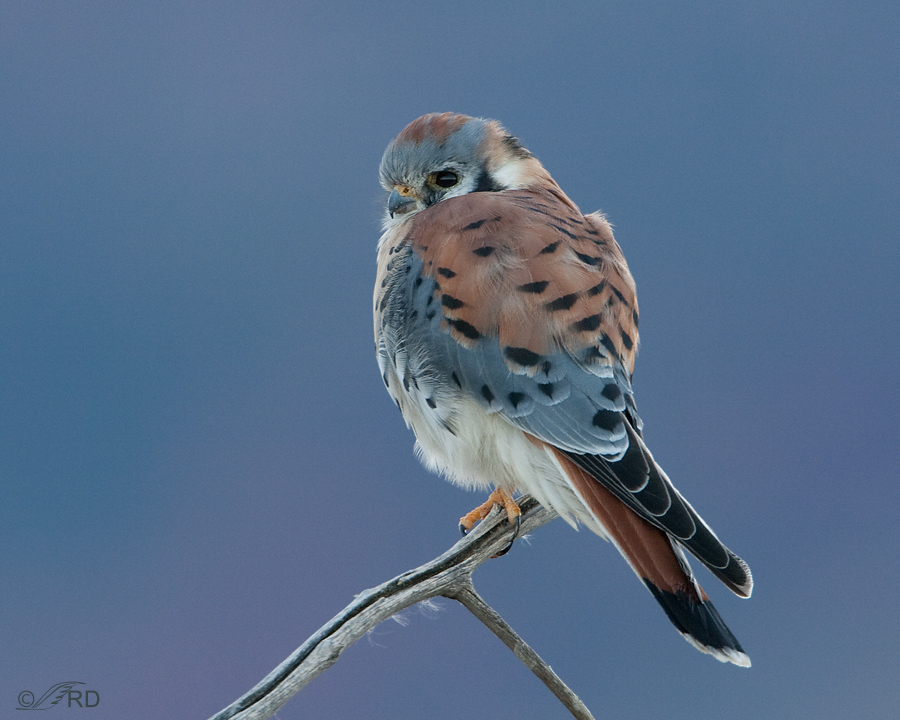Tag: light in the eye
Northern Harrier Photos With A Shared Flaw
Catch Lights In The Eyes: Are They Overrated?
The Significance of Catch Lights In Bird Photography
Catch Lights in Bird Photography
Broadly defined, a catch light in photography is a reflection of a light source in the eye of a subject. In bird photography, that light source is often the sun and typically appears on the shiny, wet cornea of the bird as a single point reflection. However, as we will see, there are variations on that theme. Catch lights are highly desirable, to the point that many avian photographers simply delete virtually all photos that don’t have them (a painful process, to be sure). Others resort to artificially cloning them into the eye when they don’t appear naturally – a practice that I find distasteful, even dishonest for a nature photographer (that said, I’m not adverse to running an extra round of sharpening or a Levels adjustment to enhance a subtle catch light that already exists). Natural catch lights that are a direct reflection of the sun will appear in the upper half of the eye, usually from the 10 o’clock to the 2 o’clock position, depending on the angle and position of the sun behind the photographer. If the sun is behind the bird (back light) or too high in the sky, that kind of catch light will not be produced. Without “light in the eye”, viewers perceive the eye to be lifeless, “dead” or even evil. For this reason, cinematographers often deliberately eliminate catch lights on “the bad guys” in movies and television. There is almost no difference between the two American Kestrel images above except for the slight head turn in the first shot that allows light from the sun…





